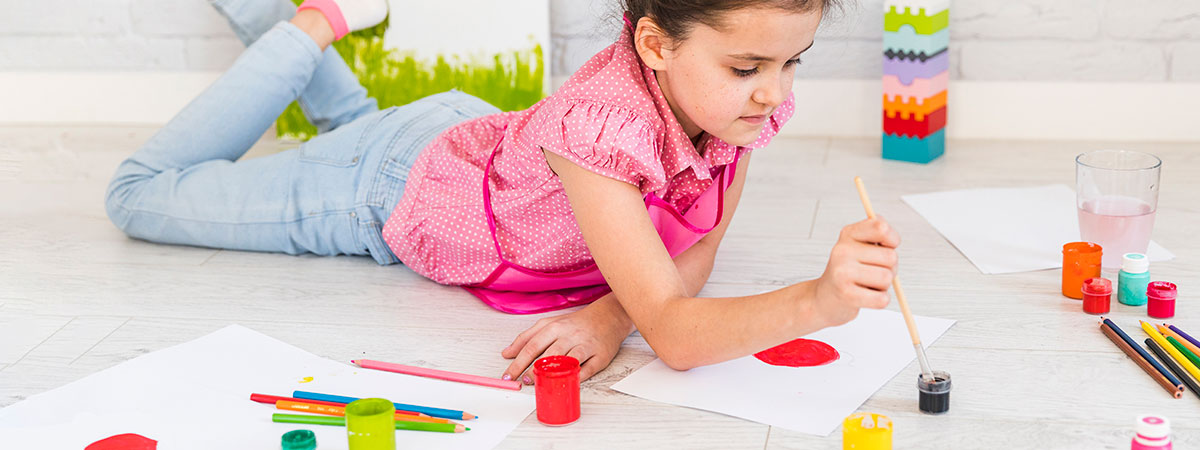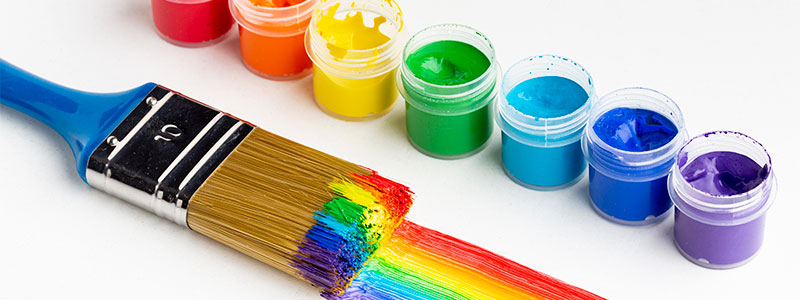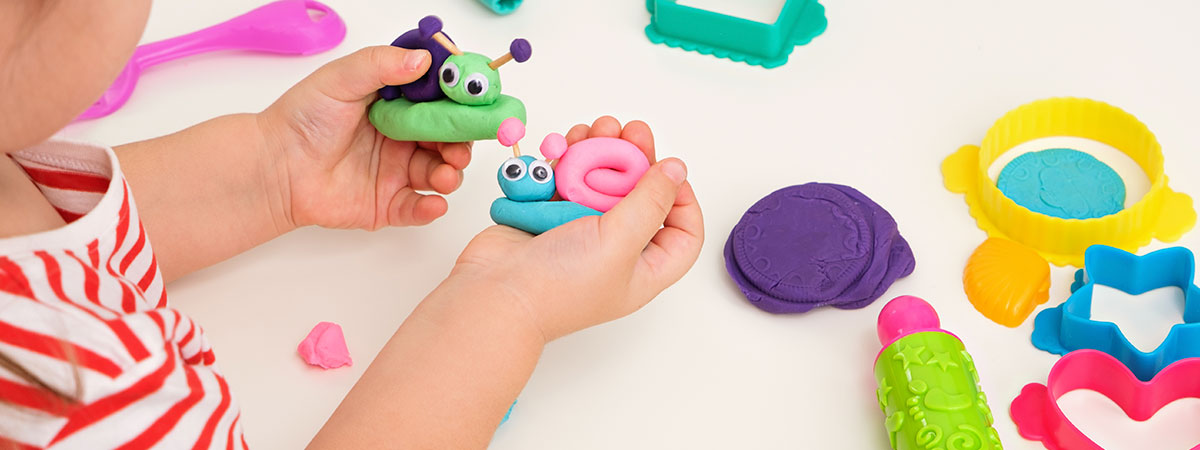- Promotions
How to Use Tempera Paints?

Table of Contents
1. Useful tips for mastering working with tempera paints
2. Advantages and challenges of the technique
Tempera paints offer flexibility, rich colors, and quick drying, and are also suitable for various styles and projects. They are ideal for beginners, but require attention due to the short time available for corrections on the painting. It is important to pay attention to the selection of high-quality and safe materials, as they ensure comfort and safety when painting at home or in an art workshop.
How to master the technique in a quick and easy way – below you will find valuable recommendations, including basic techniques and creative ideas.
Useful tips for mastering working with tempera paints
Working with tempera paints requires preliminary preparation and discipline. Every project should be subject to careful planning and the right choice of additional accessories. Here are the key things to pay attention to before you start painting:
- Choose a suitable surface - Sketch paper with a weight of over $200 g/m^2$ or quality cardboard ensures even coverage and stability, preventing wrinkling and maintaining the brightness of water-soluble pigments.
- Prepare the right tools - Use different sizes of paint brushes to achieve various effects – thin ($0-2 mm$) for details, medium ($4-8 mm$) for contours, and wide ($10-20 mm$) for backgrounds.
- Experiment with the layering technique - Apply water-soluble pigments in the chosen colors gradually to create depth and interesting shades.
- Keep colors fresh - Mix the tempera paints on a palette with a little water to achieve greater plasticity. These steps make it possible to master tempera paints and create impressive results with minimal resources. The technique develops precision, and the ability to work with layers builds a sense of detail and harmony in the composition.

Advantages and challenges of the technique
Tempera paints are accessible, versatile, and ideal for beginner artists, children's creativity, school projects, and professionals who want to express their ideas with saturated and opaque colors. Their quick drying reduces the time required to complete the drawing and makes them an excellent choice for group activities in an art workshop. At the same time, this feature requires greater concentration and quick reaction skills to avoid mistakes. With proper use and experimentation, every canvas can become an expression of individuality, and the rich palette of tempera paints can inspire new techniques and ideas. Thus, the artist develops self-control and a sense of composition, which improves their overall mastery.






